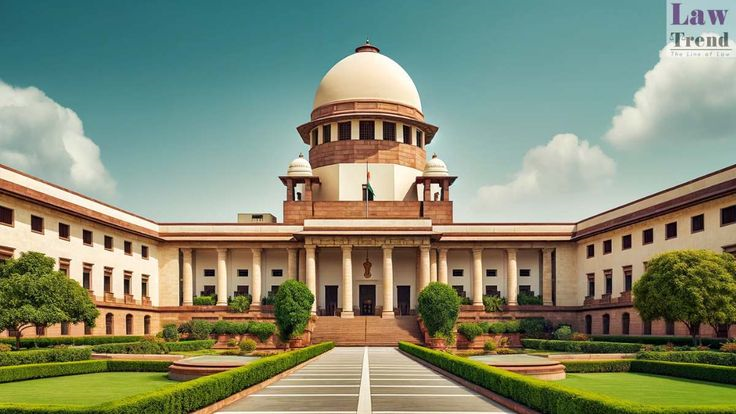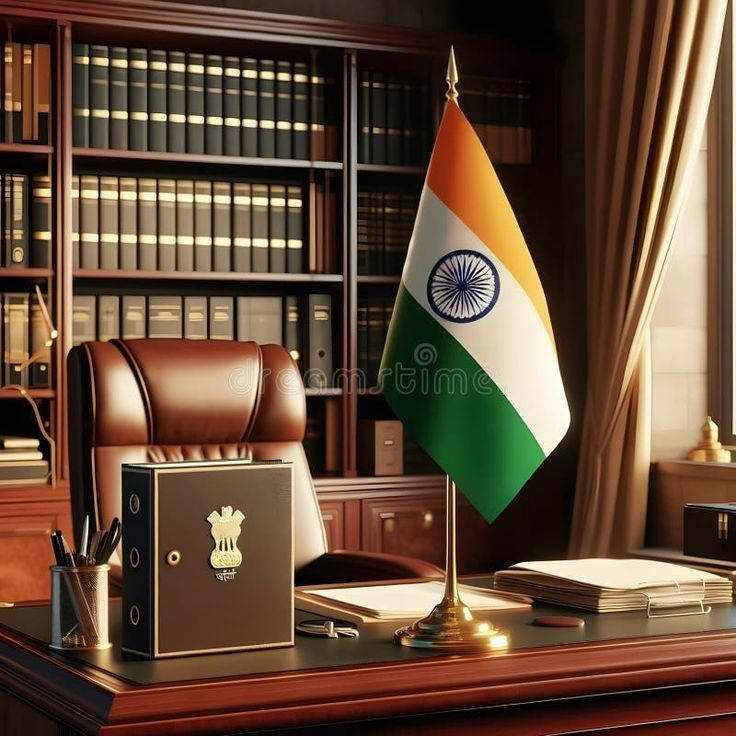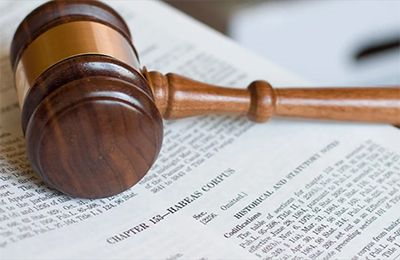The Constitutional Head of the Indian Union
The President of India is the constitutional head of the Union Executive and the supreme authority of the Indian Republic. Under Article 52 of the Constitution, “There shall be a President of India.” The President symbolizes the unity, integrity, and continuity of the nation.
Though the real executive power rests with the Council of Ministers headed by the Prime Minister, under Article 74, the President performs crucial functions as the head of the State, acting on the aid and advice of the Council. The position of the President is modeled on the British Parliamentary system, where the head of state is largely ceremonial but constitutionally indispensable.
Despite being a titular head, the President plays a vital constitutional, diplomatic, and moral role in maintaining the sanctity of governance, ensuring that the government functions according to the Constitution and rule of law.
Executive Powers of the President
The executive powers of the President are extensive and primarily defined under Article 53. It states that the executive power of the Union shall be vested in the President and exercised either directly or through officers subordinate to him.
Key executive powers include:
- Appointment Powers: The President appoints the Prime Minister and other ministers, the Attorney General of India (Article 76), Comptroller and Auditor General (Article 148), Governors of States (Article 155), and Ambassadors/Diplomats.
- Civil and Military Administration: The President is the Supreme Commander of the Armed Forces under Article 53(2). All key defence officers are appointed by him.
- Administration of Union Territories: Under Article 239, the President governs Union Territories through appointed administrators.
- Control Over Bureaucracy: The President makes regulations concerning civil services and appointments as per Article 309.
These powers make the President the formal executive authority, ensuring continuity and constitutional operation of government machinery, even during crises or political uncertainty.
Legislative Powers of the President
The President plays a key legislative role in Parliament, as defined under Articles 79–111. The President is an integral part of Parliament (Article 79), along with the two Houses — Lok Sabha and Rajya Sabha.
The legislative powers include:
- Summoning and Proroguing Parliament: Under Article 85, the President can summon or prorogue Parliament and dissolve the Lok Sabha.
- Addressing Parliament: Under Article 87, the President addresses both Houses at the commencement of the first session each year and outlines government policies.
- Assent to Bills: Under Article 111, the President may give assent, withhold assent, or return a Bill (except a Money Bill) for reconsideration.
- Ordinance Making Power: Under Article 123, when Parliament is not in session, the President can promulgate Ordinances having the same force as laws.
- Nomination of Members: Under Articles 80 and 331, the President nominates 12 members to the Rajya Sabha (eminent in arts, science, or literature) and two members to the Lok Sabha from the Anglo-Indian community (if not adequately represented).
Thus, the President acts as a constitutional link between the executive and legislature, ensuring that democratic processes function within constitutional boundaries.
Judicial and Pardoning Powers
Under Article 72, the President exercises the power of pardon, reprieve, respite, remission, or commutation of sentence in cases of:
- Offences against Union law,
- Court-martial convictions, and
- Death sentences.
This power ensures humanitarian justice, providing the last opportunity for mercy and correcting potential judicial errors.
The President also plays a judicial role under Article 143, where he can seek the advisory opinion of the Supreme Court on questions of law or fact of public importance. Though not binding, such opinions carry great moral and legal weight.
The President also appoints judges of the Supreme Court (Article 124) and High Courts (Article 217), reinforcing the principle of checks and balances between the executive and judiciary.
Financial Powers
The President’s financial powers are crucial to the functioning of parliamentary democracy. Under Article 112, the President causes the Annual Financial Statement (Budget) to be laid before Parliament. No Money Bill can be introduced in Parliament without his prior recommendation (Article 110).
He also constitutes the Finance Commission every five years under Article 280, which recommends financial relations between the Union and the States. Additionally, the President controls Contingency Funds of India (Article 267), authorizing advances to meet unforeseen expenditures.
These powers ensure that public funds are used responsibly and that the financial governance of India remains constitutionally guided and transparent.
Diplomatic, Emergency, and Miscellaneous Powers
The President represents India in international affairs, accrediting Indian ambassadors and receiving foreign envoys. He also ratifies international treaties and agreements, subject to parliamentary approval.
In extraordinary situations, the President exercises emergency powers, as laid down in Articles 352, 356, and 360:
- National Emergency (Article 352) – in case of war, external aggression, or armed rebellion.
- State Emergency (Article 356) – when a state government fails to function constitutionally.
- Financial Emergency (Article 360) – during financial instability.
During such periods, the President can assume sweeping powers, ensuring the continuity of governance and the unity of the nation. However, these powers are subject to judicial review, ensuring they are not misused for political motives.
Real-time Example
A notable example of the President’s powers being used prudently was during the 1977 General Elections. President Fakhruddin Ali Ahmed had earlier proclaimed an Emergency in 1975 on the advice of the Prime Minister. However, after the 1977 elections, he ensured a peaceful transition of power from the Congress government to the Janata Party, upholding the spirit of democracy.
Another example is President K.R. Narayanan’s decision (1997) to return the Cabinet’s recommendation to impose President’s Rule in Uttar Pradesh, emphasizing that Article 356 must be used only as a last resort. This reaffirmed the President’s role as a constitutional guardian, not merely a ceremonial head.
Mnemonic to Remember the Powers of the President – “E.L.F. J.E.D.I”
Use this mnemonic — “E.L.F. J.E.D.I” — to easily recall the powers and functions of the President:
- E – Executive Powers (Appointments, Administration, Armed Forces)
- L – Legislative Powers (Summon, Prorogue, Assent, Ordinances)
- F – Financial Powers (Budget, Finance Commission, Money Bills)
- J – Judicial Powers (Pardon, Appoint Judges, Advisory Opinions)
- E – Emergency Powers (National, State, Financial Emergencies)
- D – Diplomatic Powers (Treaties, Foreign Affairs)
- I – Important Miscellaneous Powers (Nomination, Reports to Parliament)
Mnemonic Meaning: “E.L.F. J.E.D.I.” reminds you that the President is the guiding constitutional “JEDI” — a protector of democracy through Executive, Legislative, Financial, Judicial, and Emergency powers.
About lawgnan
Discover the role, powers, and constitutional significance of the President of India at Lawgnan.in. Understand how the President, as the constitutional head of the Union, upholds democracy, unity, and constitutional morality under Articles 52–78. Explore executive, legislative, financial, judicial, and emergency powers through key examples like President K.R. Narayanan’s decision on Article 356 and the 1977 transition of power. Perfect for law students, judiciary aspirants, and UPSC candidates, this article simplifies the President’s role as the guardian of the Constitution. Visit Lawgnan to master India’s constitutional framework in detail.




